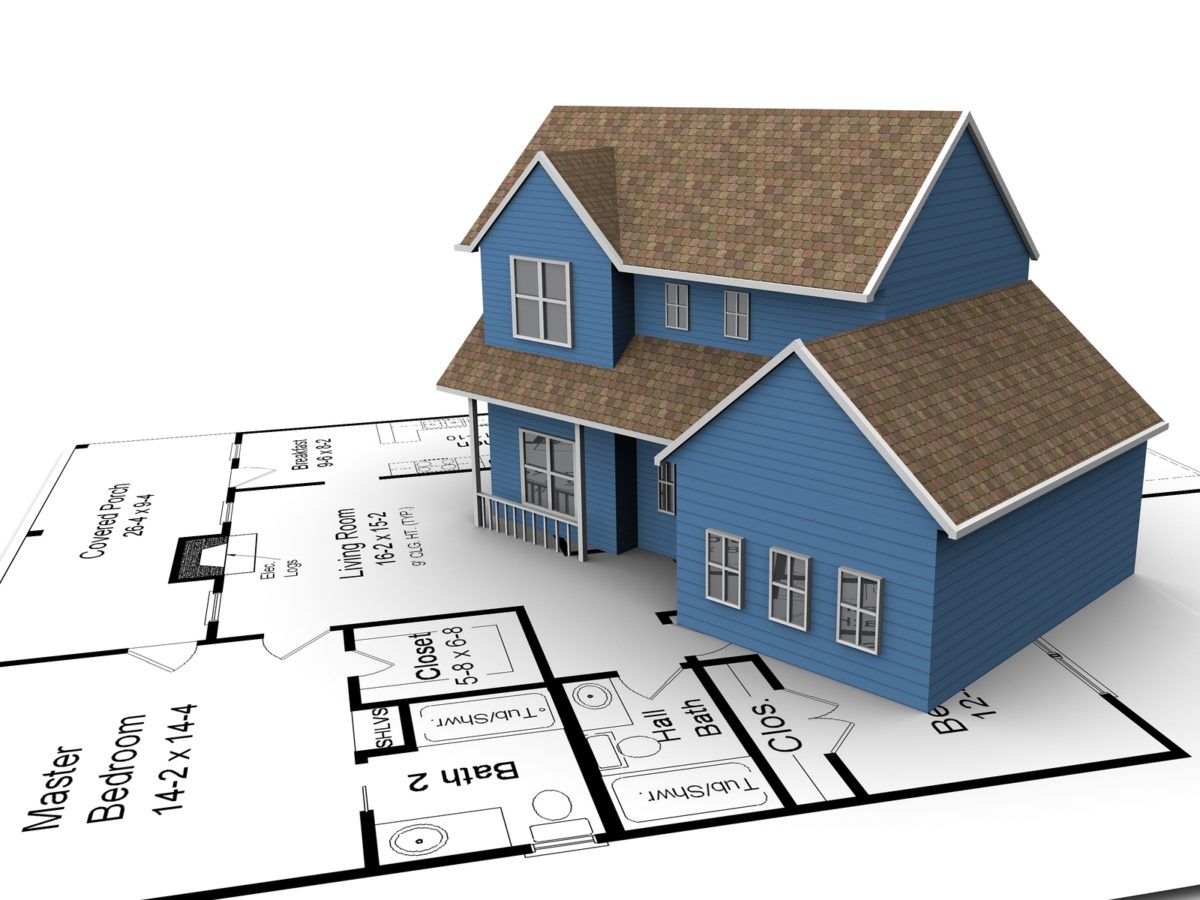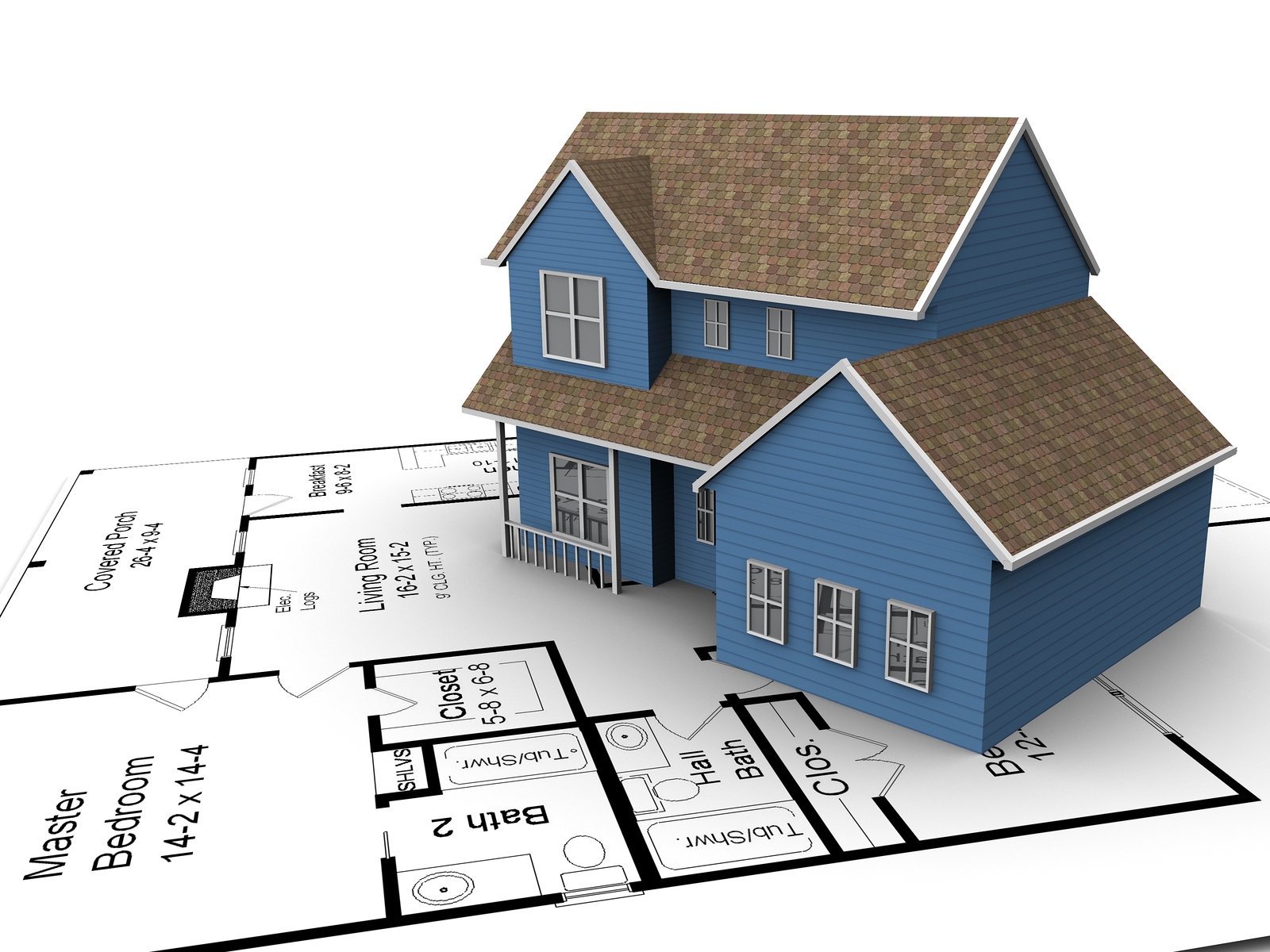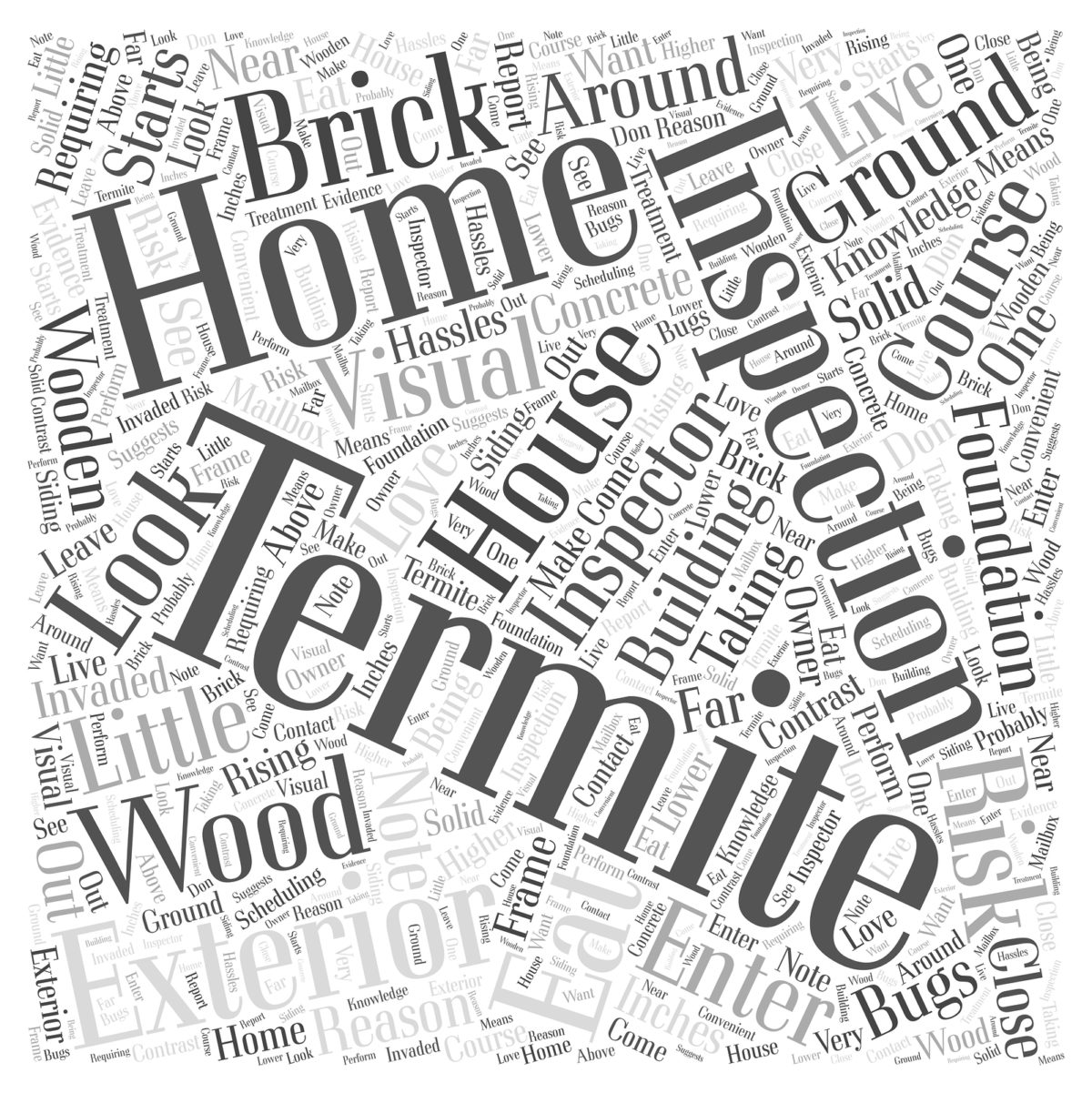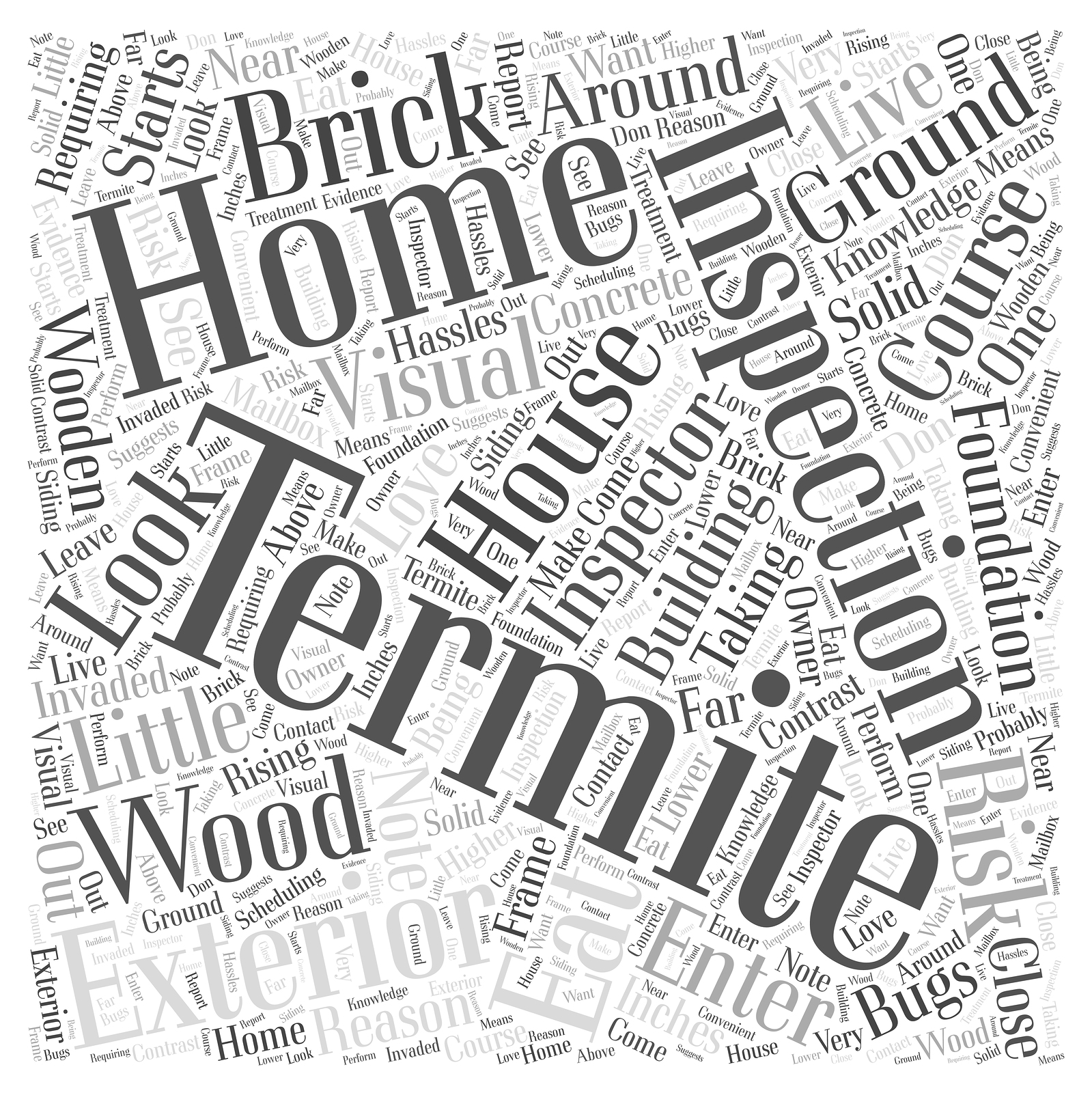
Selling a home looks so easy, doesn’t it? After all, what does a real estate agent do to get homes sold that you can’t do?
Russel Baze, the winningest jockey in thoroughbred horse racing, makes his job look like a snap. If you pleasure-ride, you wouldn’t be the first to think you may have what it takes to do what he does. But, we dare you to try it.
You must not only be fit enough to remain perched atop a nervous, high-strung horse but remain still as the horse accelerates down the track at speeds in excess of 30 miles-per-hour.
You’ll simultaneously need to fight the push-back that the acceleration causes, all the while maintaining your balance using only your heels and calves.
It’s common to lack appreciation and understanding of other peoples’ expertise – we take for granted our doctor’s skill and knowledge, the scissor wizardry of our hair stylist and, yes, the marketing chops of a good real estate listing agent.
Which leads us to the number one factor that will get your home sold.
Marketing
Unless you work in marketing as your profession, it’s safe to say you may know little about how to market a home. To do so, strategically, requires:
- Understanding current market conditions
- Knowing homebuyer trends
- Determining the most likely buyer for the home
- Knowing where to market the home
- Knowing how to present the home for maximum impact
- Pricing the home strategically
- Having the money to put a robust marketing plan into action
Example of a DIY home seller disaster
A few weeks ago, while looking through the MLS listings for homes for a buying client, I came across a home that was priced so low that I naturally assume it needed major work.
I took a closer look at the listing and learned that it was being sold by owner. It had been on the market for nearly a year, in a market where the average home sells in 34 days.
Typically, a home that sits on the market for too long does so because it’s overpriced. This home, however, was priced at rock bottom and STILL no takers.
I have no idea what other marketing avenues the seller was using, aside from an MLS listing, but even with that, he or she failed miserably.
The first thing buyers look at in a listing are the photos. This listing had only four photos, the first of which was a shot of the front of the home. It was not only blurry, but it was snapped from too far away. The home has curb appeal, but you can’t see it in the photo.
The next photo was of a long, narrow, empty room. I assumed it was the living room. If it were staged, potential buyers wouldn’t be left guessing the room’s purpose.
The kitchen, the most important room to most buyers, lacked any appeal whatsoever. Or, was it that the photo was so dark and, again, blurry?
Then, the homeowners included a photo of a pool table.
No, not a room that held a pool table, but a closeup of a pool table
The final image was the bathroom (the second most popular room for homebuyers). The toilet seat was left up, the shower curtain was open, the counter was littered with toiletries and the photo had almost no lighting.
If this home seller is trying to make less for the home than it’s worth, he is doing a bang-up job.
I certainly don’t expect a homeowner to have professional photography skills any more than I hope my clients don’t expect me to have them. Which is why it’s so important to rely on a pro to snap the photos of this HUGE investment you’re trying to sell.
Crisp, sharp, well-lit, compelling photos – and lots of them – go a long way toward getting homebuyers off the internet and into your home.
Staging empty rooms is vital if you want to sell quickly and for top dollar.
Where’s the info?
Photos aside, the homeowner also suffered a DIY disaster in the remarks section of his MLS listing. There was not one word in the remarks section. Nothing.
Imagine you’re trying to sell your car on Craigslist. Will you merely post dark and blurry photos of it without a bit of text outlining the car’s details? If so, will you really expect to be inundated with inquiries about it?
A professional listing agent understands how to use the limited remarks section for all its worth. He or she knows who is in the likely-buyer pool for the home and targets these people by highlighting the features they demand.
This is knowledge that the average homeowner lacks
The final nail in this home’s coffin
I did an even deeper dive into MLS statistics for this home and the results were fascinating. As mentioned earlier, the home went on the market nearly a year ago. Two months after listing it in the MLS, however, the homeowner dropped the price $10,000.
Naturally, he or she noticed other homes flying off the market and assumed he’d priced his too high. If that were really the case, lowering the price would provide fresh exposure and a new round of buyer interest.
Two months later he again dropped the price, $10,000
Still didn’t sell. So, and this is quite curious – four months later he raised the price $10,000. This happened three months ago and the home is still on the market.
Sadly, at this point the home is stigmatized. Buyers tend to steer clear of homes that have been on the market this long, assuming there is something wrong with them.
The competition is kicking his hiney
The listing that comes up next to our homeowner’s is priced $29,000 higher and being marketed by a pro. The home has been staged, the photos are brilliant and the listing remarks top-notch. In a side-by-side comparison, the slightly-more expensive home wins, hands down.
Now, this example is of the MLS listing, just one aspect of what it takes to market a home for sale. We have no idea if the homeowner is utilizing other marketing vehicles, but we doubt it. Homes just do not sit on the market for this long when they’re marketed professionally.
This is a textbook case of how lost a DIY home seller can become
Without a professional to guide him, he will take a beating on price when and if the home finally sells.
In the hands of a capable listing agent, this homeowner would’ve priced the home competitively out of the gate. The home would’ve been completely prepared for the market, thus justifying the price.
The appropriate research mission would let the listing agent know who to target in the marketing plan and where and how to reach them.
If I knew this homeowner, I would’ve cautioned him against dropping the price until he’d fixed the home’s presentation issues, re-photographed the home for the MLS listing and added some compelling text to it.
Now, I know that what I do isn’t rocket science. Statistics show, however, that your home, in the hands of a professional, experienced listing agent, will sell for more than you’ll make if you go the DIY route.



















